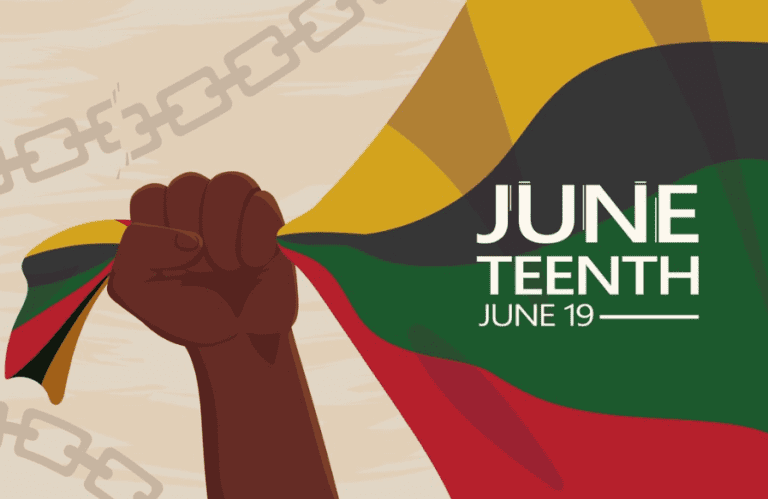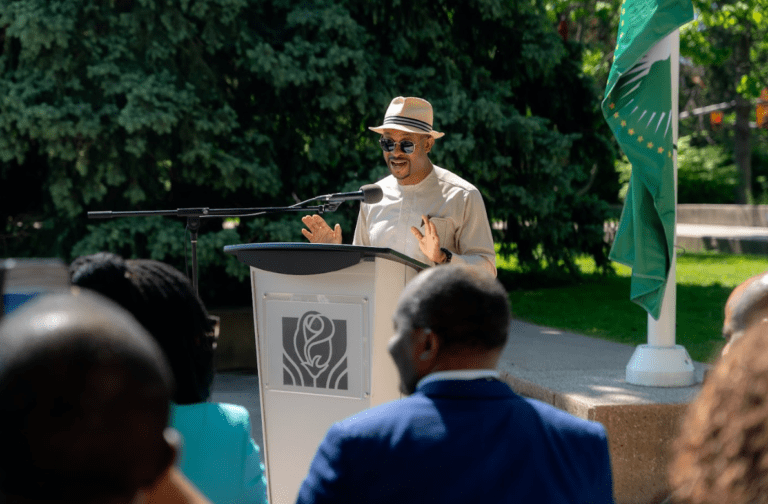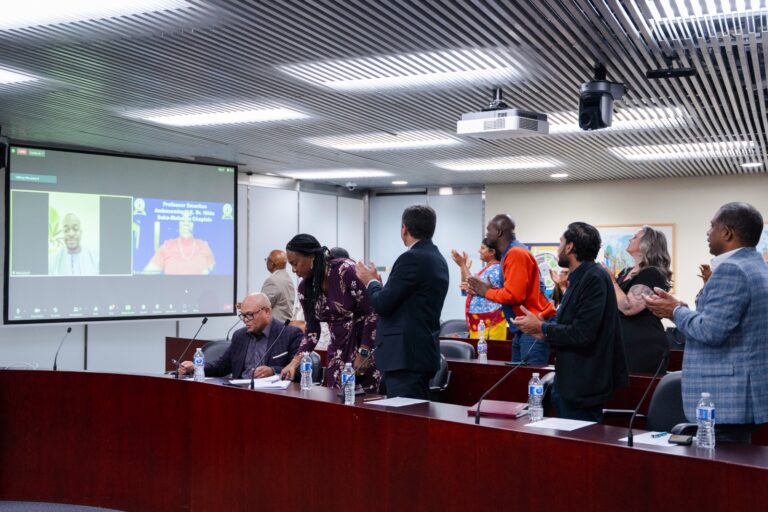Preamble
The transatlantic slave trade represents one of history’s most profound injustices, a system that forcibly displaced millions of Africans, destroyed countless lives, and generated wealth that continues to benefit former colonial powers and their descendants today. The call for reparations is not merely about financial compensation but about acknowledging historical truths, restoring dignity, and establishing frameworks for justice that can heal enduring wounds. As the international community faces a pivotal moment to address these historical wrongs, **Dr. Carter G. Woodson’s methodological framework offers the definitive solution to this seemingly intractable problem.
The Uncomfortable Truth: African Complicity and Its Legacy
Any honest assessment of the transatlantic slave trade must acknowledge the complex reality of African involvement in the enterprise. Various African leaders, traders, and elites participated in capturing and selling other Africans into the European slave trade system. This historical fact has created generational “complexities and hostilities” within pan-African discourse and complicates simplistic narratives about responsibility.
However, it is crucial to understand this complicity within its proper historical context. European powers deliberately fostered political divisions, armed certain groups against others, and created economic incentives that transformed preexisting systems of limited servitude into industrial-scale human trafficking. The deliberate manipulation of African societies to facilitate the slave trade was itself a form of structural violence that must be recognized and accounted for in reparations frameworks.
This uncomfortable history must be confronted rather than ignored—not to diminish European accountability but to develop a more comprehensive understanding of how systems of exploitation operated and how their legacies continue to affect relationships within the global African community today. The AU6RG’s transnational perspective provides a unique platform to facilitate healing these internal divisions as part of the broader reparations process.
- Challenges in Establishing a Reparations Framework
- Definitional and Measurement Challenges
One significant challenge in establishing a reparations framework is defining what constitutes adequate redress for centuries of exploitation. How does one quantify the value of stolen lives, labor, cultural heritage, and psychological trauma across generations? Various methodologies have been proposed, from calculating the monetary value of unpaid labor to assessing the intergenerational wealth gap resulting from systematic discrimination.
The wealth generated through enslaved labor created the foundation for Western industrial capitalism. European and American financial institutions, insurance companies, and commercial enterprises amassed enormous profits directly tied to the exploitation of enslaved Africans. Meanwhile, African societies experienced demographic collapse, economic destabilization, and political fragmentation, effects that hampered development for generations.
When slavery formally ended, it was often the enslavers who received compensation rather than the enslaved. For instance, when Britain abolished slavery in 1833, it compensated slave owners the equivalent of £17 billion in today’s currency—a debt that British taxpayers, including descendants of the enslaved, only finished paying in 2015. The formerly enslaved received nothing.
Economist Thomas Craemer has estimated the value of enslaved labor in the United States alone at $14 trillion, accounting for compound interest. However, such calculations inevitably underestimate the true cost by failing to capture cultural devastation and ongoing structural disadvantages.
Definitional and Measurement Challenges
It is indeed difficult to quantify the value of stolen lives, labor, cultural heritage, and psychological trauma across generations. Various methodologies propose calculations ranging into the trillions of dollars, yet all inevitably underestimate the true cost by failing to capture cultural devastation and ongoing structural disadvantages.
Legal Hurdles and Justiciability
Traditional legal approaches face significant limitations:
– Statutes of limitations that bar actions concerning historical wrongs
– Difficulties establishing causation & standing across many generations
– Sovereign immunity protecting nations from being sued without consent
– Absence of robust international enforcement mechanisms for historical reparations claims
Political Resistance and Denial
Former colonial powers employ various strategies to evade responsibility, including historical distancing, claiming foreign aid constitutes reparations, arguing that slavery was a product of its time, and raising concerns about economic feasibility.
THE GAME CHANGER: Dr. Carter G. Woodson’s Legacy of Mathematization
At the heart of the reparations question lies a mischievous mathematical problem that has eluded traditional approaches. Like a disordered Rubik’s Cube with its 46 quintillion possibilities, the reparations question cannot be resolved through conventional advocacy or moral arguments alone. Dr. Carter G. Woodson encrypted a powerful algorithm in his work that provides the precise methodology needed to solve this complex equation.
Woodson’s Mathematical Approach … Dr. Woodson’s genius was in recognizing that the transatlantic slave trade operated according to specific mathematical and algorithmic principles, he discerned the programming elements:
- Decoding the Color Bar: Woodson’s research conclusively demonstrated that the white-black color bar was deliberately constructed after 1676, particularly following Bacon’s Rebellion when poor whites and blacks demonstrated potential for class solidarity. This wasn’t merely a historical observation—it was the identification of a specific social algorithm implemented to enable exploitation.
- Reverse-Engineering the Enslavement Program: By meticulously documenting how racial categories were invented and institutionalized, Woodson provided the foundational framework to systematically deconstruct the mechanisms of enslavement—revealing them as engineered systems rather than inevitable historical developments. He knew that programs can never be stopped by slogans.
- Institutional Targeting Instead of Abstract Claims: Rather than “chasing after the wind” with generalized historical grievances, Woodson’s approach enables the precise identification of specific institutions, legal frameworks, and financial beneficiaries—many of which continue to exist in evolved forms today.
The February Template: Woodson’s Encrypted Solution
The full power of Woodson’s approach was encrypted in what can be called the “February Template”, a methodological framework that has taken nearly a century to fully decipher. This template was never designed to celebrate “Black History” (a title that would have revulsed Woodson) but rather to systematically erase the artificial color bar through rigorous historical, mathematical analysis and diligent application.
Key elements of this template include:
- Algorithmic Historical Analysis: Using modern AI and machine learning to implement Woodson’s methodological approach, we can trace specific wealth transfers, identify institutional architects of the slave trade, and calculate precise liability.
- From Abstract to Concrete: The template shifts the reparations discussion from abstract moral claims to concrete identification of entities and their successors who designed and profited from the enslavement program.
- Psychological and Cultural Repair: Woodson recognized that true reparations must address the psychological damage inflicted by centuries of racial categorization, providing a peace-building framework that neutralizes the lingering effects of the color bar.
- Transcending Continental-Diaspora Divisions: The Woodson approach provides a unified methodology that addresses both continental African and diaspora experiences, helping resolve the “complexities and hostilities” stemming from African involvement in the slave trade.
Implementation Through the African Union Framework
The African Union’s prioritization of reparations on its agenda presents the perfect opportunity to implement Woodson’s algorithmic approach. The AU6RG (African Union 6th Region Global), representing the African diaspora, is uniquely positioned to champion this methodology.
By adopting Woodson’s mathematical framework, the reparations movement can transcend decades of well-intentioned but ultimately ineffective advocacy, transforming an apparently unsolvable problem into one with a clear, implementable solution. Like the person who uses algorithms to solve a Rubik’s Cube in under five minutes, the international community can achieve justice through the precise application of Woodson’s methodological insights.
The path forward is clear: embrace Woodson’s mathematical approach to dismantle the artificial constructs that enabled the slave trade, identify specific liable entities, and implement comprehensive repair—not just financial compensation, but the systematic deconstruction of the color bar that continues to distort human relations today.
Article By:
Reverend Ladi Peter Thompson,
Deputy Secretary General and Director for Peace and Security AU6RG






